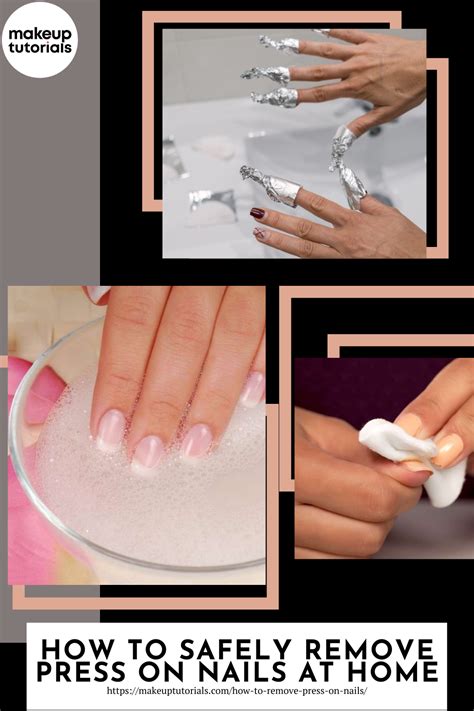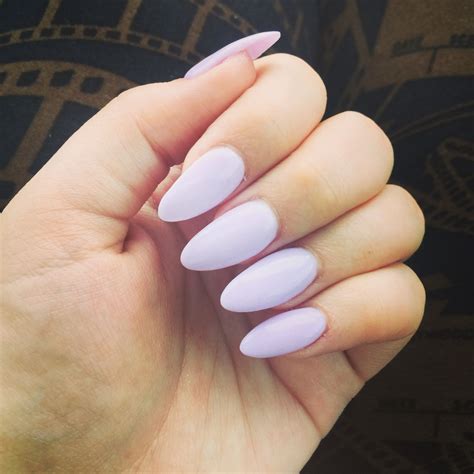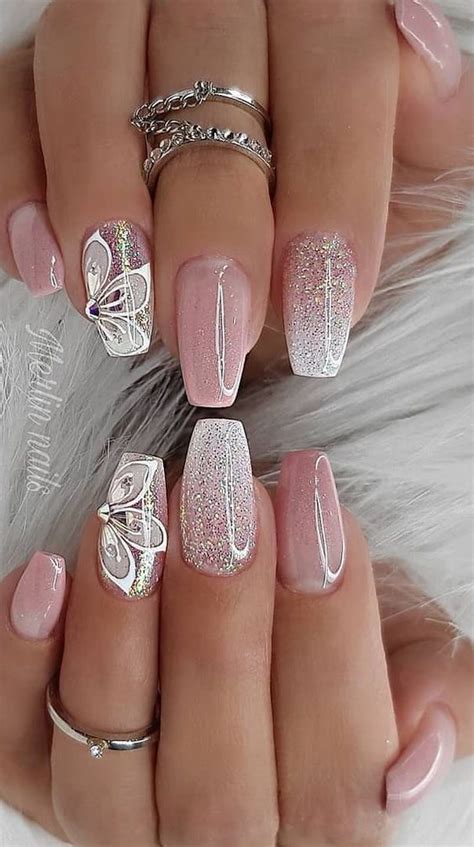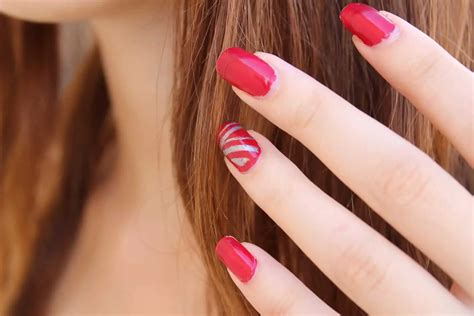Learn about nail anatomy, factors affecting strength, common shapes, and tips for preventing breakage. Keep your nails healthy and strong with these expert tips.
Understanding Nail Anatomy
Contents
When it comes to understanding nail anatomy, it’s important to recognize that nails are made up of layers of keratin, a protein that is also found in our hair and skin. The visible part of the nail is called the nail plate, and it is composed of dead cells that have been compacted together. Underneath the nail plate is the nail bed, which contains blood vessels and nerves. The skin around the nail is called the cuticle, and it serves to protect the nail matrix, which is where new nail cells are formed.
Another vital part of nail anatomy is the lunula, which is the pale, half-moon shaped area at the base of the nail. This part of the nail is actually the visible part of the nail matrix. The nail matrix is responsible for producing the cells that form the nail plate, making it a crucial part of nail growth and health.
Understanding nail anatomy is essential for nail care and maintenance. By knowing the different components of the nail and how they function, individuals can better care for their nails and troubleshoot any issues that may arise, such as nail breakage or discoloration. Keep in mind that proper care and regular maintenance are essential for maintaining the health and strength of the nails.
By taking the time to understand nail anatomy, individuals can also make more informed decisions about nail products and treatments. Whether it’s choosing a moisturizing nail polish or trying a new strengthening treatment, having a good understanding of nail anatomy can help individuals make choices that promote the overall health and appearance of their nails.
Factors Affecting Nail Strength
Factors Affecting Nail Strength
Factors Affecting Nail Strength
There are several factors that can affect the strength of our nails. From our diet and lifestyle to the way we care for our nails, these factors can play a significant role in determining the overall health and strength of our nails.
One of the most important factors affecting nail strength is our diet. A lack of essential nutrients, such as protein, biotin, and iron, can lead to weak and brittle nails. It’s important to ensure that we are consuming a balanced diet that includes these essential nutrients to promote strong and healthy nails.
In addition to our diet, our lifestyle can also have a significant impact on the strength of our nails. Factors such as frequent exposure to water, harsh chemicals, and excessive use of nail products can weaken the nails and make them more prone to breakage. It’s important to protect our nails from these harmful elements and to ensure that we are practicing good nail care habits to maintain their strength and health.
Another important consideration when it comes to the strength of our nails is the way we care for them. Using the wrong tools or techniques to trim and shape our nails can cause damage and weaken them over time. It’s important to use proper nail care techniques and to avoid habits that can lead to nail damage and breakage.
In conclusion, there are several factors that can affect the strength of our nails, including our diet, lifestyle, and nail care habits. By paying attention to these factors and making appropriate changes to our habits and routines, we can promote strong and healthy nails that are less prone to breakage.
Common Nail Shapes
When it comes to maintaining healthy and strong nails, understanding the different nail shapes is essential. Here, we will discuss the most common nail shapes and how they can affect the overall strength and breakage of your nails.
1. Square: The square nail shape is characterized by straight and sharp edges. This shape is prone to breakage as the corners can easily snag on clothing and other objects, causing the nail to chip or break. It is important to keep the nails at a moderate length to prevent breakage with this shape.
2. Oval: Oval nails are rounded at the edges and are less likely to break compared to square nails. The curved shape provides more support and reduces the risk of snagging and breaking. This shape is ideal for individuals with weaker nails as it helps distribute pressure more evenly.
3. Almond: The almond shape is similar to oval nails, but with a more pointed tip. This shape provides strength and is less prone to breakage. However, the pointed tip may still be susceptible to chipping if not properly maintained. Almond-shaped nails are best kept at a moderate length to prevent breakage.
4. Stiletto: Stiletto nails are long and pointed, resembling the shape of a stiletto heel. While this shape can be visually appealing, it is highly prone to breakage due to its extreme length and sharp point. Stiletto nails require extra care and maintenance to prevent breakage.
Assessing Breakage-Prone Shapes
When it comes to nail shapes, some are more prone to breakage than others. One of the most common breakage-prone shapes is the almond shape. This nail shape is characterized by a narrow, tapered tip and has a tendency to break easily due to its delicate structure. The stiletto shape is also prone to breakage, as it is very long and narrow, making it susceptible to cracking and snapping. Another shape to watch out for is the ballerina shape, also known as coffin-shaped nails, which can be prone to breakage at the edges due to its square shape with tapered edges.
When assessing breakage-prone nail shapes, it’s important to consider the length and width of the nail. Longer, more slender shapes are generally more prone to breakage, as they have less support and are more susceptible to bending and snapping. Additionally, square or angular shapes with sharp edges are also more likely to experience breakage, as the corners are more susceptible to damage from impact or pressure.
It’s also important to consider the thickness and strength of the nail. Thin, weak nails are more likely to break, regardless of their shape. Nails that are overly flexible or soft may be more prone to bending and breaking, especially if they are in a shape that puts additional stress on the nail. If you have naturally weak or brittle nails, opting for a more rounded or oval shape may help to reduce the risk of breakage.
There are also lifestyle factors to consider when assessing breakage-prone nail shapes. Individuals who work with their hands or frequently engage in activities that put stress on their nails may be more prone to breakage, regardless of their nail shape. Certain professions, hobbies, or activities may necessitate a shorter, sturdier nail shape to minimize the risk of breakage. By considering these factors, individuals can make informed decisions about their nail shape to reduce the risk of breakage and maintain healthy, strong nails.
Tips for Preventing Nail Breakage
When it comes to preventing nail breakage, it’s important to start with properly maintaining your nails. This includes keeping them clean and well-trimmed. Avoid cutting your nails too short, as this can lead to weak nails that are more prone to breakage. Instead, aim to keep them at a moderate length to maintain strength and prevent breakage.
Another important tip for preventing nail breakage is to moisturize your nails and cuticles regularly. Dry, brittle nails are more susceptible to breakage, so keep your nails hydrated with a nourishing cuticle oil or moisturizing cream. This will help to strengthen your nails and prevent them from becoming brittle and prone to breakage.
It’s also essential to be mindful of how you use your nails in everyday activities. Avoid using your nails as tools for opening cans or scratching off stickers, as this can weaken and damage them, leading to breakage. Instead, use the proper tools and techniques to avoid putting unnecessary stress on your nails.
In addition to these preventive measures, it’s important to pay attention to your diet and lifestyle. Consuming a balanced diet rich in essential vitamins and minerals, such as biotin, calcium, and vitamin E, can help promote strong, healthy nails that are more resistant to breakage. Make sure to stay hydrated and incorporate regular exercise into your routine to support overall nail health.
Lastly, consider using a strengthening nail treatment or base coat to provide an extra layer of protection for your nails. This can help fortify your nails and reduce the risk of breakage, especially if you frequently use nail polish or expose your nails to harsh chemicals. By following these tips for preventing nail breakage, you can enjoy healthier, stronger nails that are less prone to breakage and damage.












